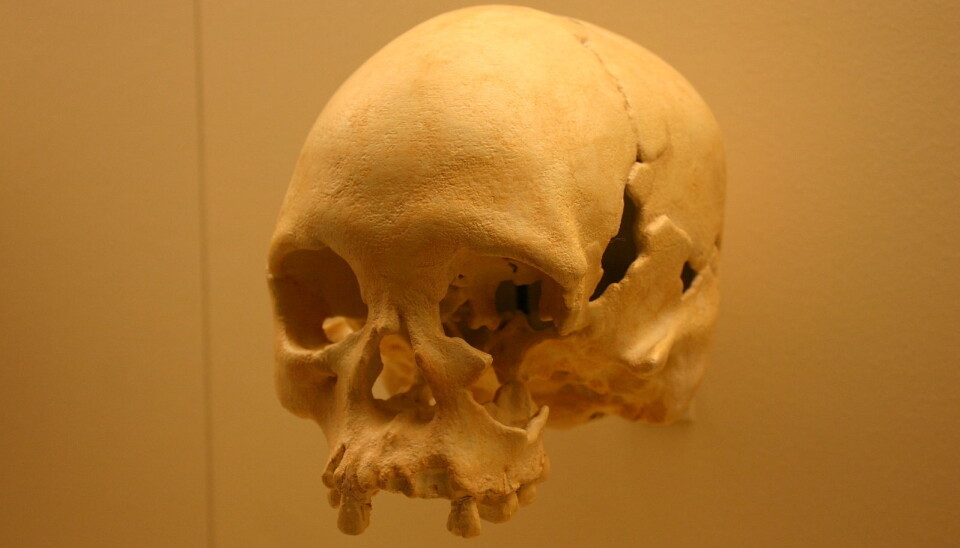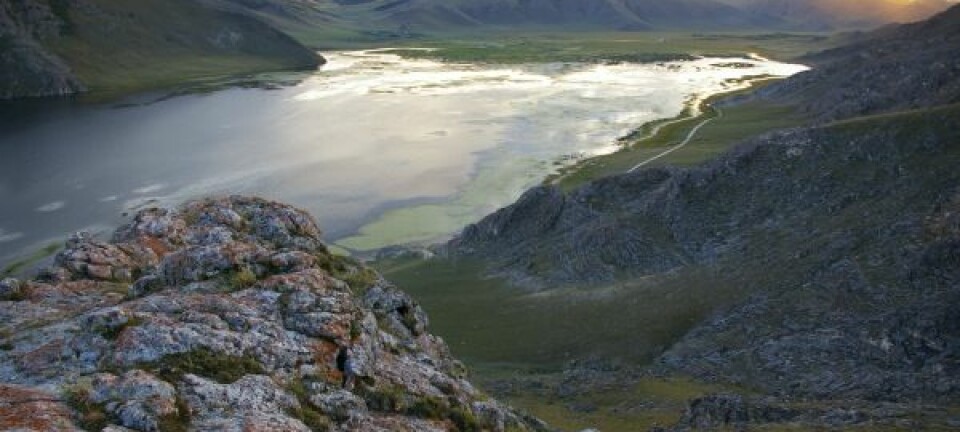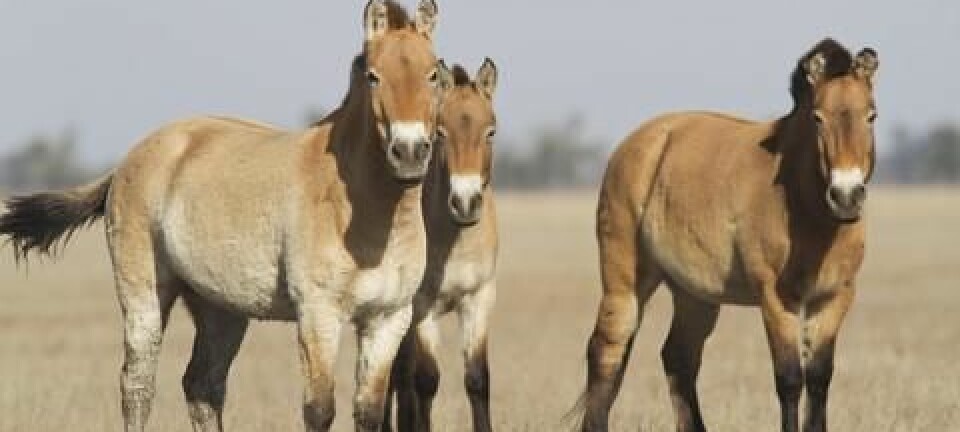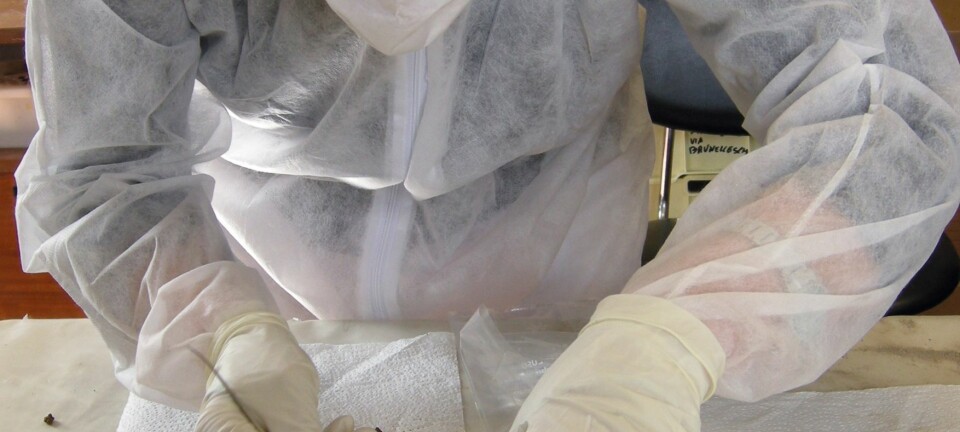
Mysterious link between people from South America and Australia
Two DNA studies show that South Americans have an unexpected link to indigenous people of Australia and Melanesia, but disagree on how and when the Americas were populated
America was the last continent in the world to be populated by people, but how it happened remains a mystery.
Now, two of the world's most prestigious scientific journals -- Nature and Science -- each published new studies using modern and ancient DNA to clarify how and when the Americas were populated.
Both studies find a surprising link between South Americans and communities far away in Australia and the Melanesian island nations in the South Pacific.
"It is an unexpected finding. It is honestly one of the most exciting results we have seen in a while," says anthropological geneticist Jennifer Raff of the University of Texas to Nature News.
She was not involved in either of the two new studies, which -- despite certain similarities -- have different opinions on how and when the DNA from Australia and Melanesia found its way to the Americas.
Science: America was populated in just one go
In one study, published in the journal Science, the famous Danish DNA hunter professor Eske Willerslev, director of the Center for Geogenetics University of Copenhagen, and his co-authors, conclude that a single population who travelled from Siberia to America around 23 thousand years ago populated America.
According to Willerslev, the journey to America took place through the now submerged Bering land bridge that connects the Asian and American continents. Later, about 13,000 years ago, 'the first Americans' were split into two groups that populated North and South America.
Their study also suggests that contemporary Latin Americans share common genes with the indigenous people of Melanesia and Australia, and this may be the result of a relatively recent meeting, writes the Los Angeles Times.
Nature: Two separate groups populated America
In contrast to the results in Science, scientists publishing in Nature conclude that America must have been inhabited in two main waves of migration.
"We have overwhelming evidence of two founding populations in the Americas," says David Reich of Harvard Medical School, the lead researcher behind the Nature study speaking to the New York Times.
His group thinks that the connection between population groups in South America and those in Australia and Melanesia is the result of one of the two early migration waves into the Americas.
Professor John Hawks of the University of Wisconsin-Madison, who was not involved in any of the two studies, told the Los Angeles Times that he is inclined to accept the Willerslev’s conclusions.
For him, the authors of the Science study depended more heavily on ancient DNA sequences to reach their conclusions.
Science: How did these scientists reach their conclusions?
In the Science study, the scientists mapped the entire genetic material (genome) of people from North and South America, Siberia, and the area of Australia and Melanesia.
They mapped a total of 31 complete and 79 partial genomes, and the results from the modern DNA was compared to the genetic information from three ancient humans: The 24,000 years old Mal'ta child from Siberia, the 12,600 years old Anzick child from Montana, and the 4000 years old Saqqaq person from Greenland.
In some of the living Native American groups -- including the Surui tribe from the Amazon and the people of the Aleutian Islands in Alaska -- the scientists found surprising signs of DNA from Australia and Melanesia.
"A possible explanation is that the connection reflects more recent gene flow," says Willerslev, to Sciencemag.org.
But this mixing of genes was not, according to Willerslev, the result of ships crossing the Pacific as previously suggested.
Rather, Willerslev suggests that South Americans might have mixed with Asian populations who were related to modern day indigenous people in Australia and Melanesia. This could have allowed the Australian-Melanesian genes to arrive in America by a well-known recent population surge, writes Sciencemag.org.
Nature: How did these scientists reach their conclusions?
In the second study in Nature, researchers have partially mapped the genome of 106 Native Americans from 25 communities in Central and South America. They then compared the results with DNA from 197 population groups outside of the Americas.
According to Sciencemag.org, the scientists behind the Nature study indicated that certain population groups in the Amazon -- including Surui people -- share one to two per cent of their genes with contemporary population groups in Australia, New Guinea, and the Andaman Islands.
Scientists believe that the reason for the genetic commonalities between the two communities is to be found in a now extinct population, so-called 'Population Y'. The Nature researchers believe that 'Population Y' lived somewhere in East Asia and contributed genes to both the earliest Americans and the peoples of Australia and Melanesia, writes Sciencemag.org.
According to Nature News, the scientists think that 'Population Y' arrived in America either before or around the same time as 'the first Americans' -- more than 15,000 years ago.
Several media outlets report that the two different research groups are now in the process of comparing results and trying to come to a common understanding and interpretation of the DNA material, and so this fascinating story of human history continues.
--------------
Read the Danish version of this article on Videnskab.dk
Translated by: Catherine Jex








